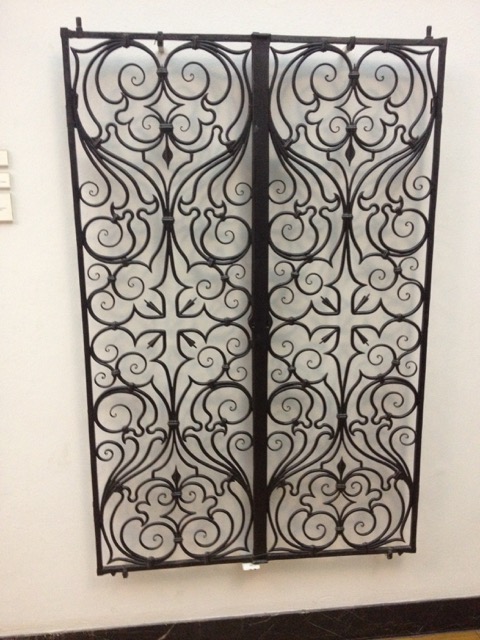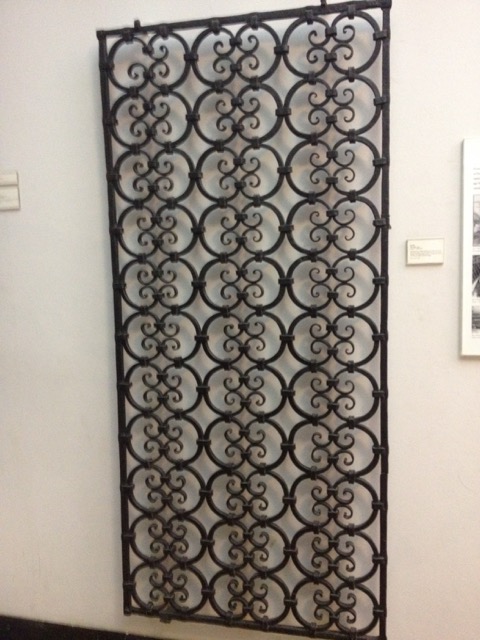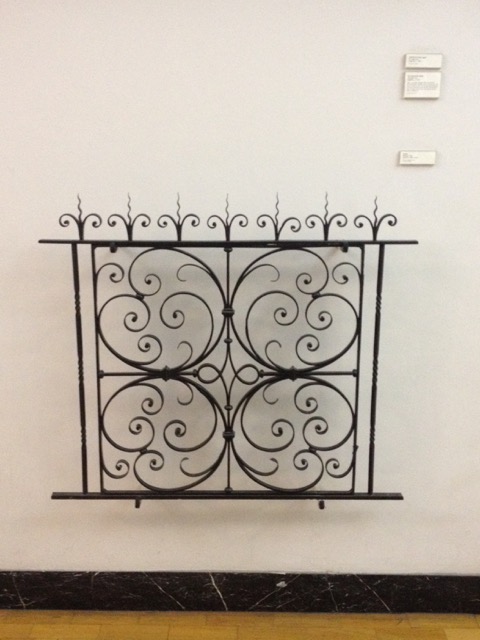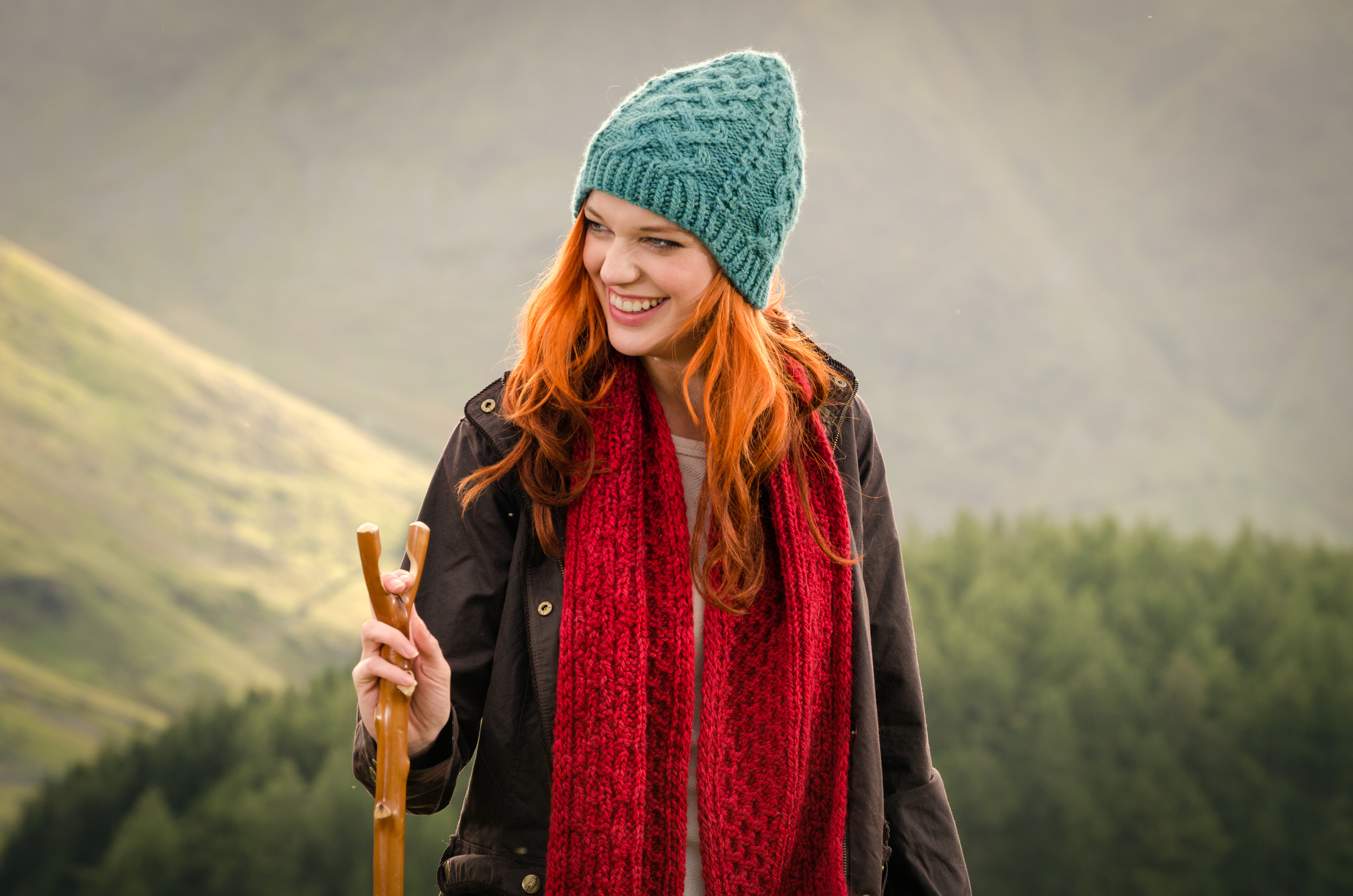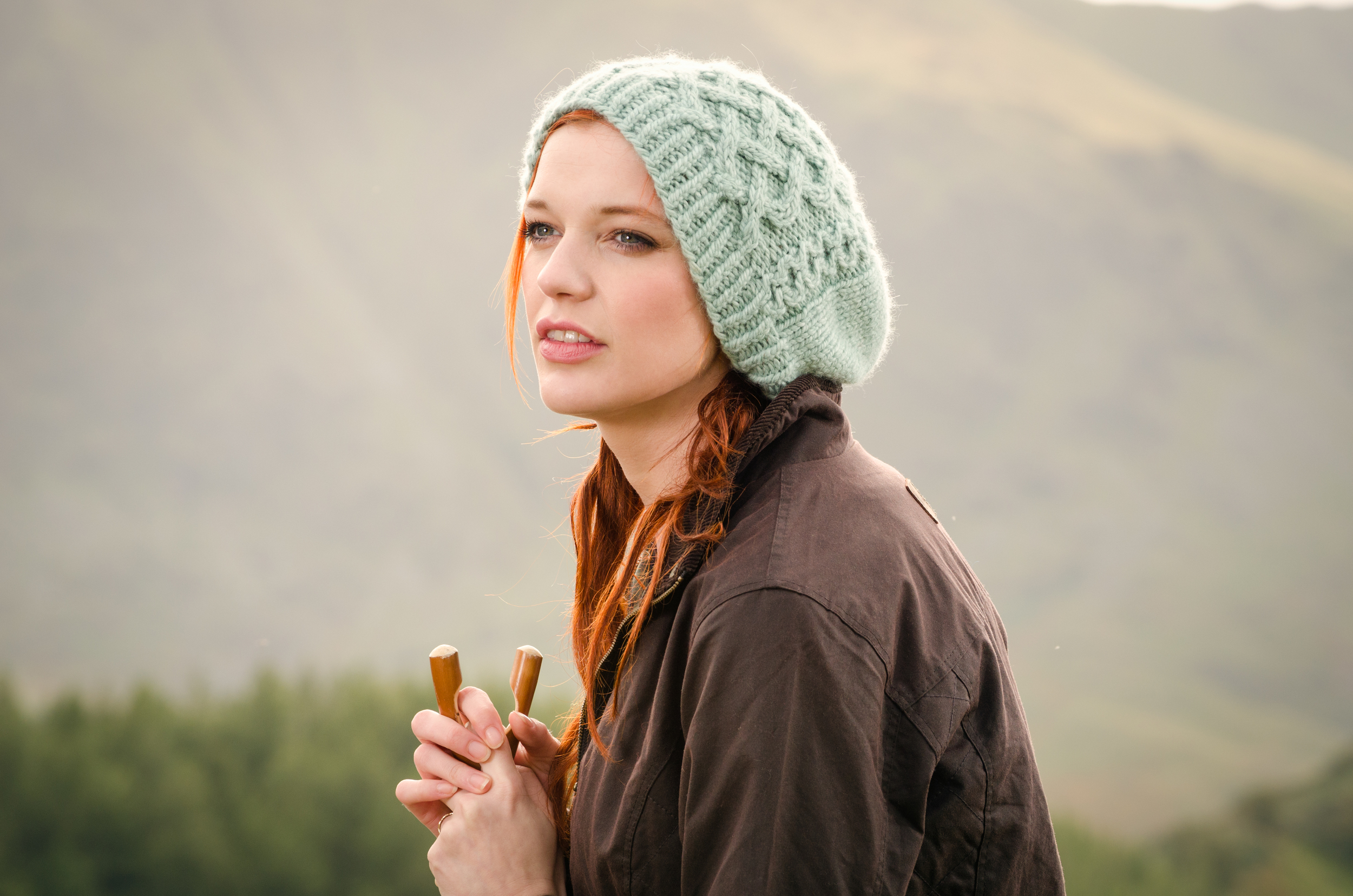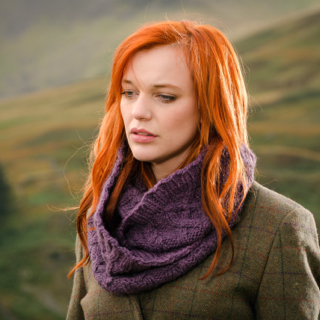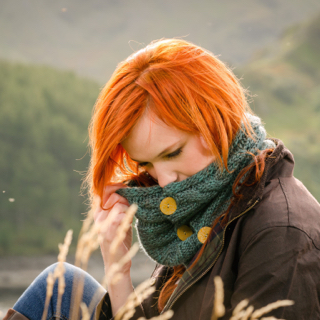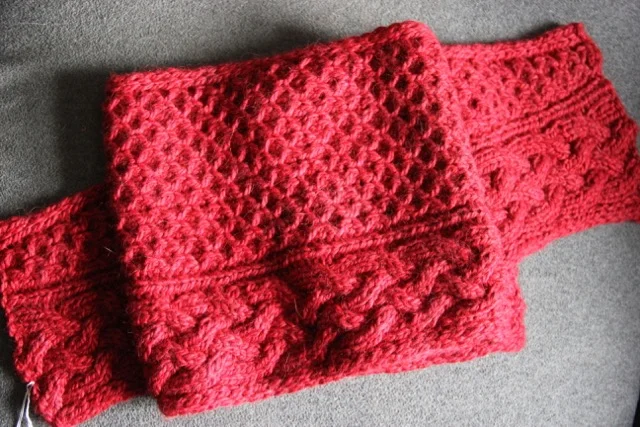Design Diaries: The Unravel Hat
On the last episode of the Yarn in the City podcast, I talked about a new design that I'm hoping to have available at Unravel, coming up next month in Farnham. This is an idea that's been building in my head for a while, inspired by some samples of the Vital Dyes series that I've had lying around.
Vital Dyes on Shetland
I had eight 0.5 oz samples of the original Vital Dyes colours (Congo Red, Ethidium Bromide, Yellow Fluorescent Protein, Oregon Green, Xylene Cyanole, Coomassie Blue, Crystal Violet and Golgi) on Shetland, and realised that, paired with a neutral, those little bits might make up a perfect kit for a colourwork accessory of some kind...
So over the past few weeks I've spun up the colourful bits, and finished some lovely natural brown Shetland singles that will be the main colour for the first design. It's going to be a fairly simple colourwork hat - some ribbing and a bit of the body in the main colour, then a band of repeating colourwork motifs that switch from one contrasting colour to the next, followed by more main colour for the crown decreases.
The next question was about the stitch motif. I can't say that colourwork has ever been my strong suit, and I approached the idea of designing a colourwork hat with more then a little trepidation. The first step was to find a small-ish motif that could be repeated easily i
This is the first idea I swatched (using up leftover handspun Falkland). It fits the bill of being small and easily repeatable, as well as being a motif that would be easy to swap out colours with, but it was pretty boring to knit. Hence the big X.
This one is definitely better - more complex, more interesting to knit, but still pretty small and easily repeated. But I still wasn't loving it.
In the meantime, I went on a trip to the V&A, and spent a good couple of hours wandering around without any plan with Devil. We stumbled across the ironwork exhibit, and the next thing I knew, my phone had no more room for pictures because I had taken so many shots of potential colourwork patterns.
I decided to go with one of these screens as the inspiration for my colourwork design, and spent a lovely chunk of time playing with Stitch Mastery to generate a chart.
That first version worked pretty well, but its a 19 stitch repeat, which does not make for easy hat sizing. So I tried taking just one side of the motif and repeating it:
That's also pretty good actually. I've got to ply the main colour, and do a bit of swatching for gauge and sizing, but I hope to have this baby cast on this weekend, and will then have to pick which three of these colours are going to go with the brown.
Any suggestions?





